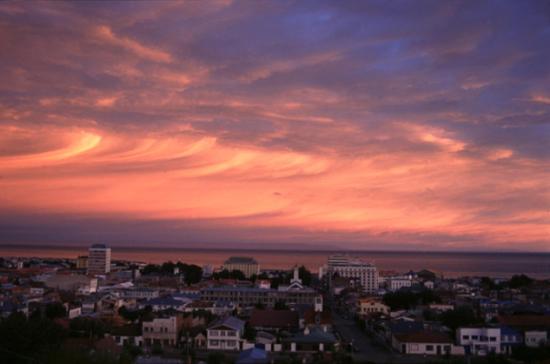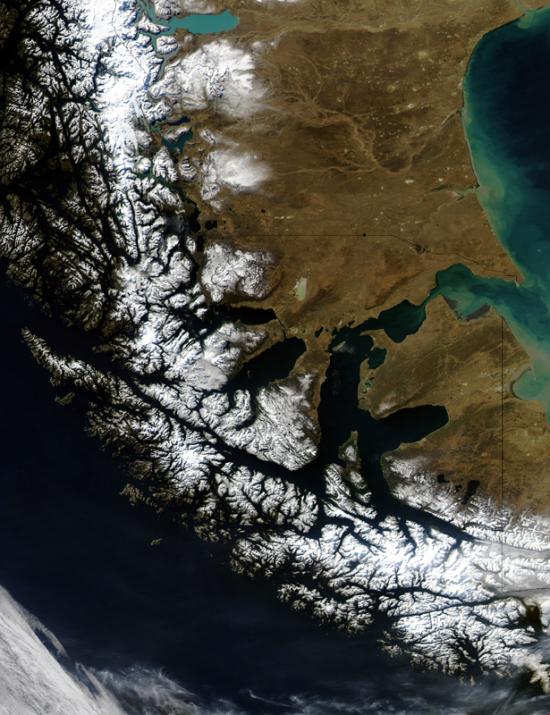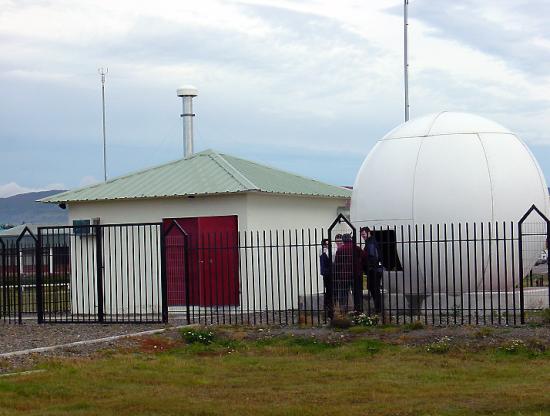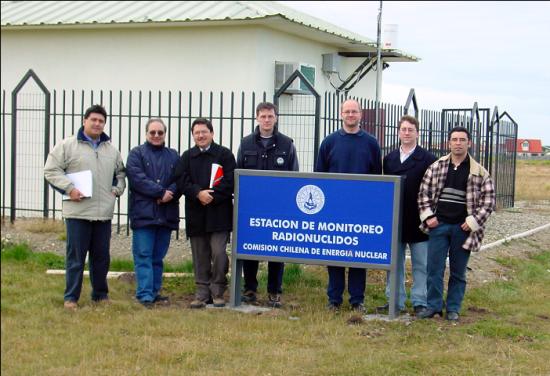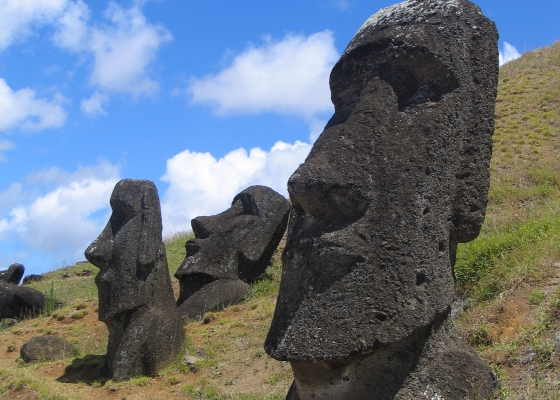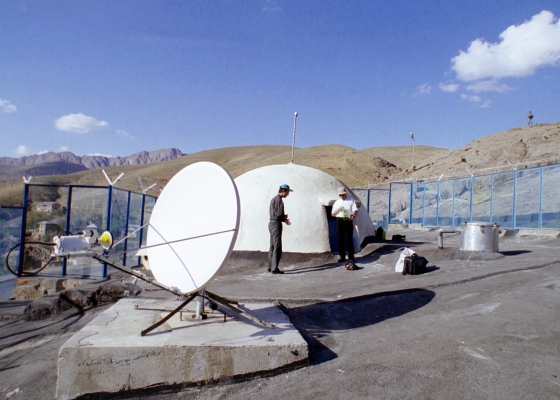RN18, Punta Arenas, Chile
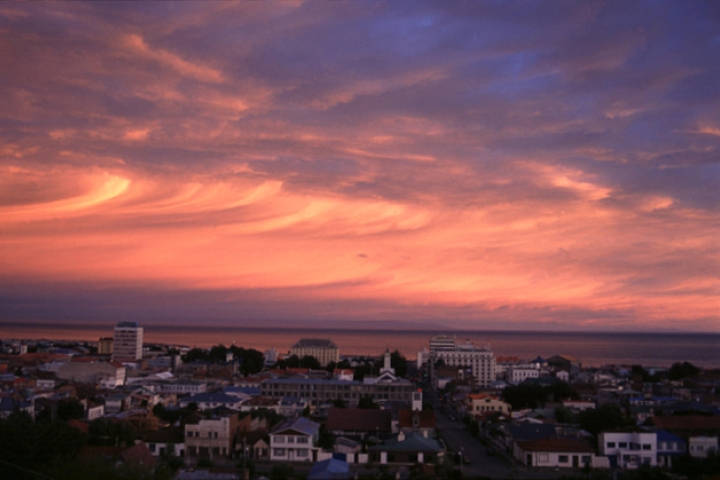
Thumbnail profile: Punta Arenas
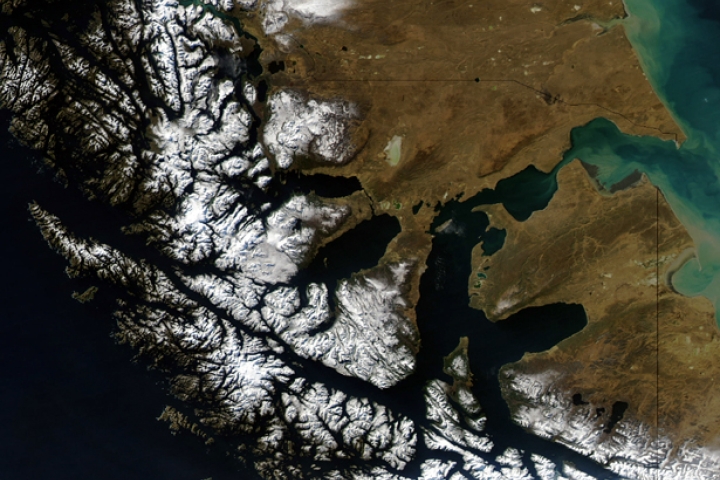
Punta Arenas is known for its strong winds of up to 130 kmph.
Climate and Location
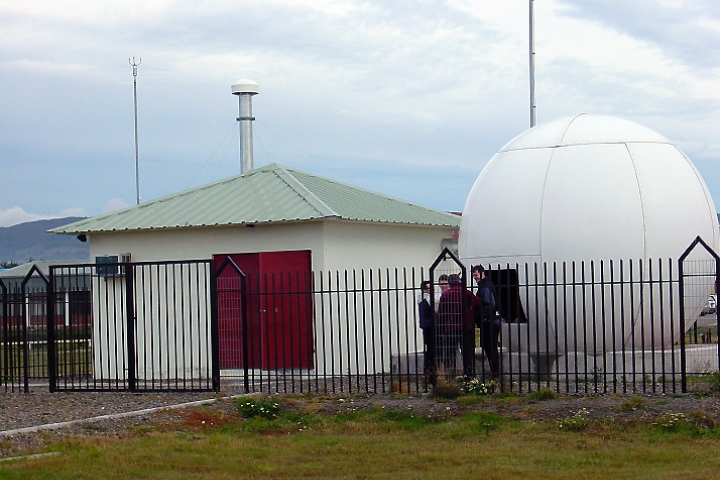
The installation was completed by 17 January 2003.
Station Location
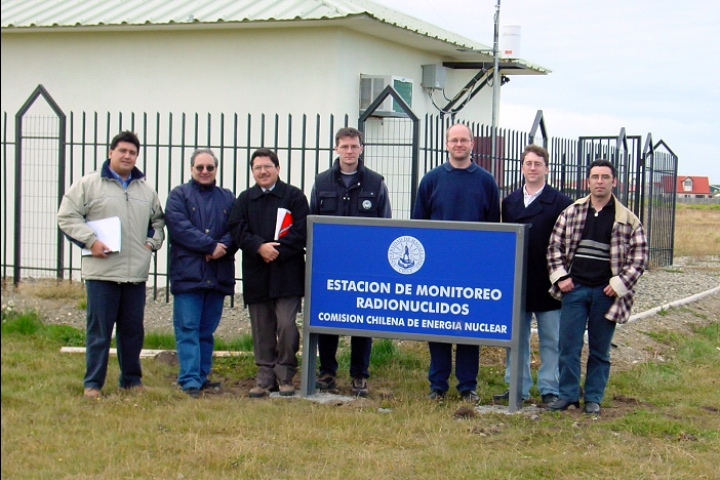
RN18 is an automatic Radionuclide Aerosol Sampler and Analyzer (RASA) station system.
Radionuclide Station Profile
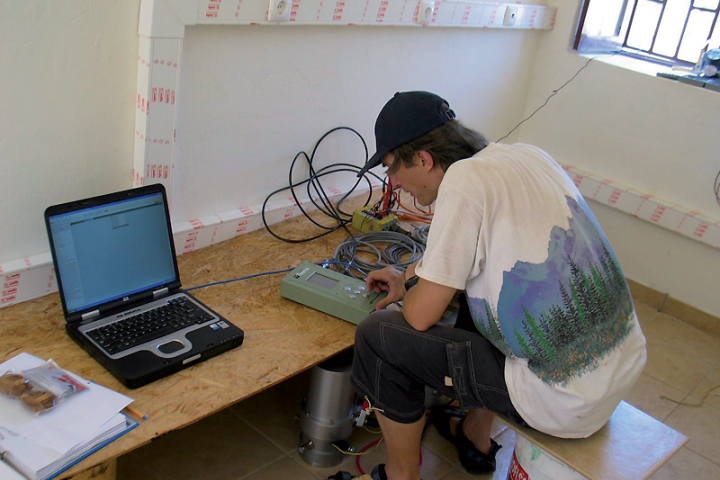
Officer performing certification measurements.
Certification, Testing and Evaluation
All four CTBT verification technologies are represented in Chile, which hosts one other radionuclide station, one hydroacoustic station, two infrasound stations and two auxiliary seismic stations.

